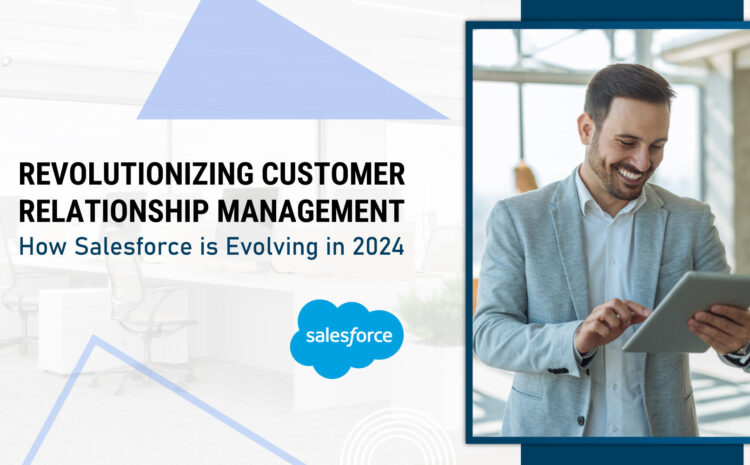Salesforce Lightning Web Components (LWCs) enhance customer support by creating fast, responsive user interfaces, enabling customization, seamless integrations, automation, and mobile-friendly experiences. They streamline case management, empower self-service portals, and improve real-time communication, ultimately boosting customer satisfaction and efficiency.
Hi, everyone! Welcome to another insightful blog on Salesforce Lightning Web Components (LWCs) and how they can transform customer support for your business. Grab your coffee, get comfortable, and let’s dive into the ways LWCs can boost customer satisfaction, streamline support processes, and enhance your team’s productivity. Short on time? Don’t worry—we’ve got a handy summary waiting for you at the end!
In the fast-paced world of customer service, businesses constantly seek innovative ways to deliver top-notch support. Salesforce Lightning Web Components (LWCs) are a game-changer in this regard, providing the tools needed to build user-friendly interfaces, streamline support processes, and boost customer satisfaction. In this blog, we’ll explore how LWCs enhance customer support, why they matter, and how businesses can use them to stay ahead in a competitive landscape.
What Are Lightning Web Components?
Lightning Web Components, introduced by Salesforce, are a modern programming model built on standard web technologies such as HTML, CSS, and JavaScript. Unlike their predecessor, Aura Components, LWCs provide a more efficient, lightweight, and scalable framework for developing Salesforce applications. This modern architecture simplifies development, ensures faster page load times, and enhances user experience — all crucial factors in customer support.
Key Benefits of LWCs for Customer Support
Seamless User Experience
Lightning Web Components enable the creation of fast and responsive user interfaces. When customers and support agents access a support portal, they can interact with pages that load quickly, navigate intuitively, and provide instant feedback. This seamless experience reduces frustration for customers and empowers support agents to resolve issues efficiently.
Customization and Flexibility
Customer support needs vary widely from one business to another. LWCs offer a high degree of flexibility, allowing developers to create custom components tailored to specific workflows, such as case management or customer inquiries. Businesses can build intuitive dashboards that prioritize key support metrics, ensuring every user’s needs are met in a personalized manner.
Integration Capabilities
LWCs facilitate easy integration with external systems and data sources. For customer support teams, this means access to a comprehensive view of customer interactions, purchase history, and preferences. By integrating data from multiple systems, support agents gain actionable insights, enabling them to deliver contextual, personalized service.
Enhanced Automation
By leveraging Lightning Web Components, businesses can automate repetitive tasks, reducing the workload on support agents. Automation tools like pre-built forms, chatbots, and workflow automation reduce response times and free agents to focus on more complex issues. This enhanced efficiency ultimately improves customer satisfaction.
Mobile-Ready Design
Today’s customers expect support on their terms, whether they’re using a smartphone, tablet, or desktop. LWCs are mobile-friendly by design, ensuring customers can access self-service options and support agents can work from any device. This mobile responsiveness aligns with the demands of a modern customer base, enabling businesses to provide support anytime, anywhere.
Practical Applications of LWCs in Customer Support
Case Management Components
LWCs can be used to create intuitive case management interfaces. Support agents can view, edit, and resolve cases with minimal clicks, thanks to customizable layouts and workflows. Real-time updates ensure that all team members stay informed, avoiding duplication of effort and streamlining resolution times.
Knowledge Base and Self-Service Portals
Lightning Web Components empower businesses to build user-friendly self-service portals. Customers can access knowledge articles, FAQs, and troubleshooting guides independently. This reduces the volume of inbound support requests and allows agents to focus on high-priority issues.
Real-Time Chat and Messaging
Integrating real-time chat features using LWCs ensures that customers can connect with support agents instantly. Customizable chat components can include features such as customer history views, chatbot integration for initial inquiries, and seamless escalation to human agents for complex issues.
Maximizing the Potential of LWCs for Customer Support
To fully leverage the benefits of LWCs, businesses should adopt best practices such as:
- Regular Updates: Keep LWCs updated to benefit from the latest Salesforce features and enhancements.
- Collaboration with Developers: Work closely with your development team to create components that align with your support objectives.
- User Training: Ensure that both customers and support agents are well-versed in using any new interfaces, maximizing adoption and effectiveness.
Salesforce Lightning Web Components offer unparalleled opportunities for businesses to enhance their customer support processes. By delivering a faster, more responsive, and customizable user experience, LWCs empower support teams to provide exceptional service, improve customer satisfaction, and build long-lasting relationships.
Hope you enjoyed this post! While you’re here, and in a reading mood, why not check out a few of our other pieces? We have several blog posts on Cloud Technologies, Salesforce CRM, AI, Salesforce CPQ, Zoho, Bitcoin, Cybersecurity and many other topics that we just know you’ll love. Browse the topics here.




